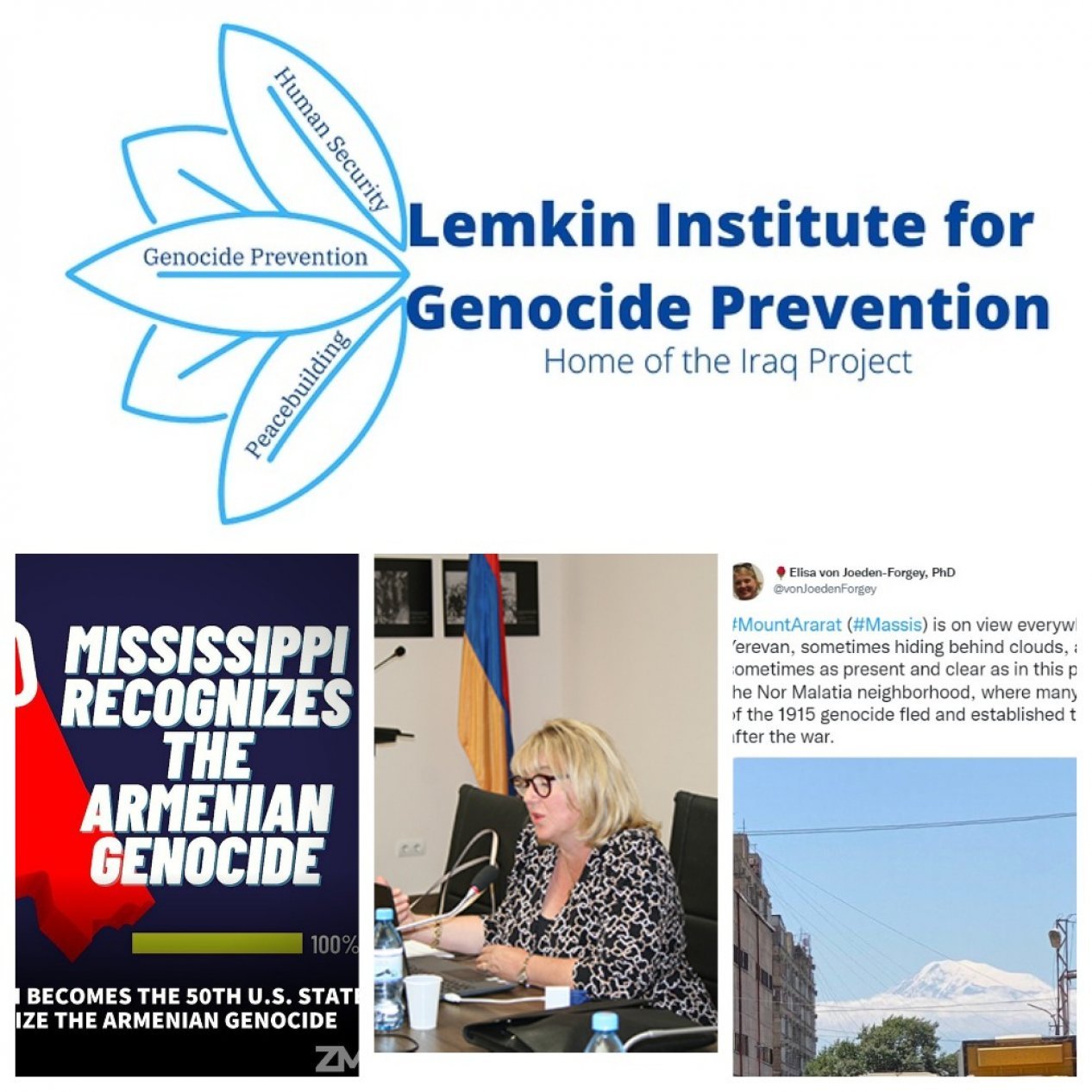
As it is known, the Lemkin Genocide Prevention Institute, named after the Polish-born Jewish lawyer Raphael Lemkin, who coined the term' genocide,' has recently called on all international and state bodies to monitor Turkey and Azerbaijan for genocidal ideology and practices, to place pressure on Turkey and Azerbaijan to cease their genocidal threats against the Armenian people, and to reinforce the security of Armenians and the Armenian identity in the Republic of Armenia, the so-called Nagorno-Karabakh Republic, and in Diaspora communities worldwide.
Lemkin Genocide Prevention Institute once again issued a Red Flag Warning for Azerbaijan, warning of the threat of genocide against Armenians in both the unrecognized so-called Karabakh Republic and Armenia.
The institute noted that the desecration of graveyards and other burial sites is a commonly seen atrocity in genocide, as it seeks to target, humiliate, destroy the identity, and deny the dignity of the target group, even after death.
The Lemkin Institute for Genocide Prevention emphasized, in particular, one statement from their first Red Flag Alert for Azerbaijan, where they stated: "Given the extreme racialized othering of Armenians by the Azerbaijani government, military, press, and educational system, any Azerbaijani incursions into territories that include ethnic Armenians can be expected to be characterized by genocidal atrocities."
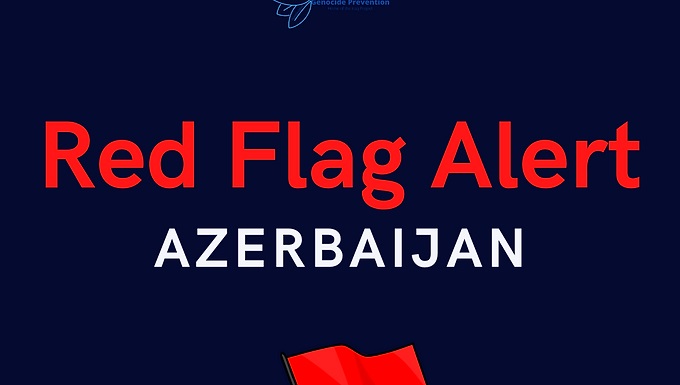
According to the institute, the risk of genocidal atrocity is especially significant now, given the recent news of the transfer of the Armenian-populated towns of Zabukh and Lachin to Azerbaijan as well as the continued documented violations of the ceasefire agreement by Azerbaijan.
Citing the Former Armenian Human Rights Defender Armen Tatoyan, the Lemkin Institute also claimed that Azerbaijani soldiers mass slaughtered animals and left their organs in water sources used by Armenian villagers in the region and poisoned the water supply. Tatoyan also reported that Azerbaijani soldiers had allegedly been firing on Armenian farmers in their fields outside of the towns, which endangered both the farmers' livelihoods and an important source of food for the villagers in Zabukh and Lachin.
The institute also stated that the conduct of Azerbaijani soldiers during the Second Karabakh War in 2020, when torture, murder, and beheading videos involving captured Armenian soldiers and civilians were common, as well as the many statements made by Azerbaijani President Ilham Aliyev that Yerevan (the capital of Armenia) is Azerbaijani historical land, provide the larger genocidal context for current Azerbaijani atrocities.
Then the institute added that the international community, especially NATO and its member countries, continues to ignore Azerbaijan's alleged genocidal statements, genocidal domestic ideological culture, and genocidal actions, all of which are supported and furthered by Turkiye. (Source)
Faktyoxla Lab has investigated whether this statement of the Lemkin Institute for Genocide Prevention was true or not, as well as the institute's relations with Armenia and the Armenian diaspora, and how objective they were in their attitudes towards Azerbaijan.
During the research, it became clear that the Lemkin Institute for Genocide Prevention has grown from the Iraqi Project for Genocide Prevention and Accountability launched in 2017 to address the need for long-term capacity building to prevent genocide in Iraq. It is written on the institute's website that after the ISIS genocides, their activities to end the cycle of violence and promote a lasting peace received significant attention, and now they want to take this work to a global base.
One thing, in particular, caught our attention: While carrying its activities to the global base in order to prevent genocides, the institute does not miss the chance to act together on various issues by establishing close cooperation with the Armenian diaspora, and does not even hesitate to support them. For example, on the recognition of the so-called Armenian genocide by the US, the Lemkin Institute for Genocide Prevention published the following message on May 7: "The Lemkin Institute congratulates the worldwide Armenian community for achieving genocide recognition in all 50 US states!'
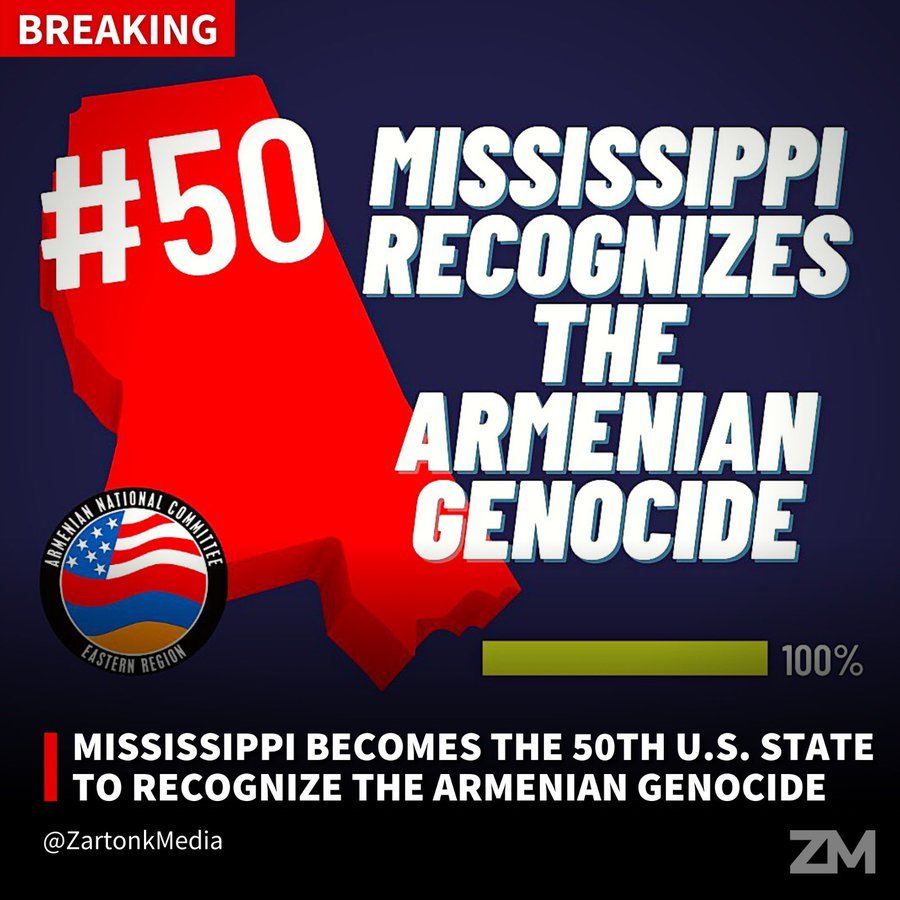
Since 2011, the Armenian Genocide Museum-Institute has been organizing an annual education scholarship program named after Raphael Lemkin. The Raphael Lemkin scholarship allows foreign students to visit Armenia for a month to do research in local scientific institutions and libraries, specializing in the Armenian genocide and genocide studies. The main venue for the winning candidates will be the Armenian Genocide Museum-Institute. It allows them to study the history of the Armenian Question and the Armenian Genocide, to conduct research in the science funds and library of the Armenian Genocide Museum-Institute, as well as to receive professional advice and to get acquainted with the materials of universities, archives and libraries in Armenia. The duration of the scholarship is one month. (Source).
The Armenian Genocide Museum-Institute covers the travel and accommodation expenses of the winning candidate. With this scholarship, researchers from Israel, Australia, Cyprus, the UK and other countries had the opportunity to conduct research in Armenia. Dr. Rebecca Jinks, the first scholarship winner in 2011, is currently the head of the Armenian Institute in the UK. (Source)
Let's explore the identity of the founders of the Lemkin Institute for Genocide Prevention. The institute's founding co-chairman, Elisa von Joeden-Forgey, Associate Professor of Holocaust and Genocide Studies at Stockton University, is also the founder of the world's first academic, graduate-level Holocaust Prevention Certificate Program. When we follow the social media accounts of Elisa von Joeden-Forgey, the former President of Genocide Watch and the former First Vice President of the International Association of Genocide Scholars, we witness that she frequently visits Armenia and meets with Armenian scientists and diaspora officials. For example, it is pretty significant that the co-chairman of the institute visited Armenia almost a month before the last Red flag warning about Azerbaijan. For example, the founding co-chair of the institute gave a public lecture on "Genocide as Reproductive Violence" on June 23 at the Armenian Genocide Museum-Institute.
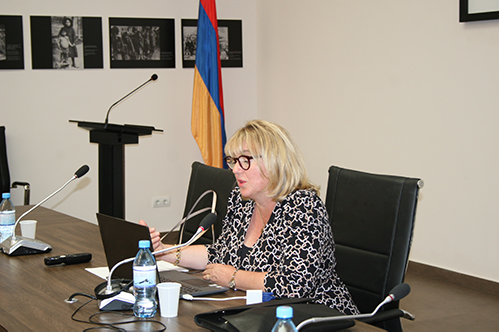
At the beginning of her speech, Ms. Eliza stated that she considers it a great honor to give a lecture at the Armenian Genocide Museum-Institute. During the conference, she noted the various manifestations of reproductive violence during genocides and the causes of these phenomena and also spoke about the creation and dissemination of genocidal terms. She also touched upon the contemporary issue of reproductive violence occurring in various conflict zones worldwide—the South Caucasus, the Middle East, and elsewhere. At the end of the lecture, she thanked for the warm welcome and expressed her hope for long-term cooperation.
During her time in Armenia, she was interviewed on the same subject at the American University of Armenia on July 1, and she expressed in her tweet that she was looking forward to this conversation.
In another post, she alluded to the so-called Armenian genocide by writing that Mount Ararat can be seen from all over Yerevan, sometimes hiding behind the clouds, and sometimes seen as present and clearly as in this photo from the Nor Malatia neighborhood, where the survivors of the 1915 genocide settled after the war.
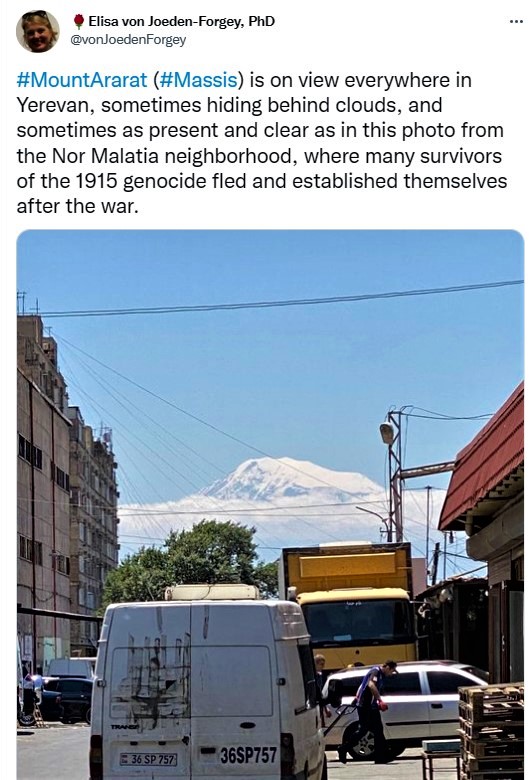
The other founding co-chair of the institute, Irene Victoria Massimino, is an Argentine human rights lawyer and rapporteur at the Supreme Criminal Court of Buenos Aires Province (Criminal Appeal Court). Ms. Massimino also has warm relations with Armenia and the Armenian diaspora in her home country. In June 2021, the Armenian National Council and the Argentine Armenian Bar Association filed a complaint with the Federal Court of Argentina to investigate the alleged war crimes and crimes against humanity committed by the Azerbaijani army against the Armenian people during the 2020 war. Among those who supported and prepared the complaint submitted by the President of the Armenian National Human Rights Council, Alfonso Tabakyan, are Marcelo Martinez de Giorgioya, Judge of Federal Criminal Court No. 11, Dr. Luciana Minasyan and Dr. Juan Kasargyan, as well as the other founding co-chair of the Lemkin Institute, Dr. Irene Victoria Massimino. According to the complainants, the actions of the Azerbaijani state were war crimes against humanity and therefore violated the Universal Declaration of Human Rights signed by all UN member states. Because Azerbaijan does not use its criminal jurisdiction, the state assumes the responsibility, and every country in the world can condemn these crimes by using its universal jurisdiction.
We should pay attention to one more issue. It is not the first time that the Lemkin Genocide Prevention Institute has issued a Red Flag Warning for Azerbaijan. Earlier, to give a precise date, the Lemkin Institute issued a Red Flag warning on December 3, 2021, when 'Azerbaijani soldiers caught and killed 65-year-old Armenian shepherd Seyran Smbat Sargsyan while grazing his sheep.' However, the person whom the institute defined as a shepherd was a provocateur who attacked an Azerbaijani soldier on a combat mission in one of the positions of the Azerbaijani Army in the Khojavand district. At that time, the Armenian side started a steady false information and disinformation campaign regarding Seyran Sargsyan. The Azerbaijani press wrote that on December 3, 2021, around 13:00, a person of Armenian origin attacked an Azerbaijani soldier, tried to seize his weapon, and the Azerbaijani soldier first fired into the air and then had to neutralize the provocateur to defend himself. However, the Armenian side carried out a propaganda campaign to accuse Azerbaijan, claiming that the person in question, Seyran Sargsyan, born in 1956, was an ordinary civilian shepherd. But the interesting thing is that some pictures published in the Armenian media exposed the disinformation campaign. In other words, it was clear from the images that Seyran Sargsyan was not an "ordinary shepherd" or an "ordinary civilian." (Source)
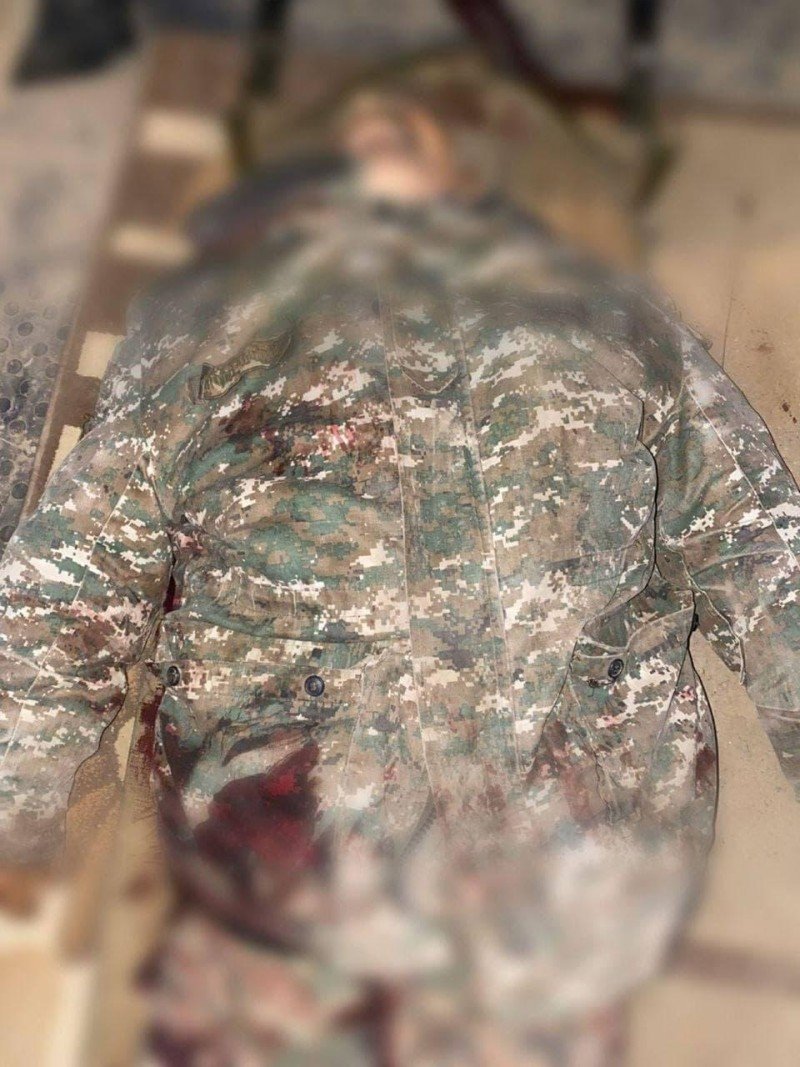
Maybe this is why the Lemkin Genocide Prevention Institute, which issued a Red Flag Warning on Azerbaijan because of the "shepherd" wearing the uniform of the Armenian army, later had to delete this warning from its website. Here is the relevant picture:
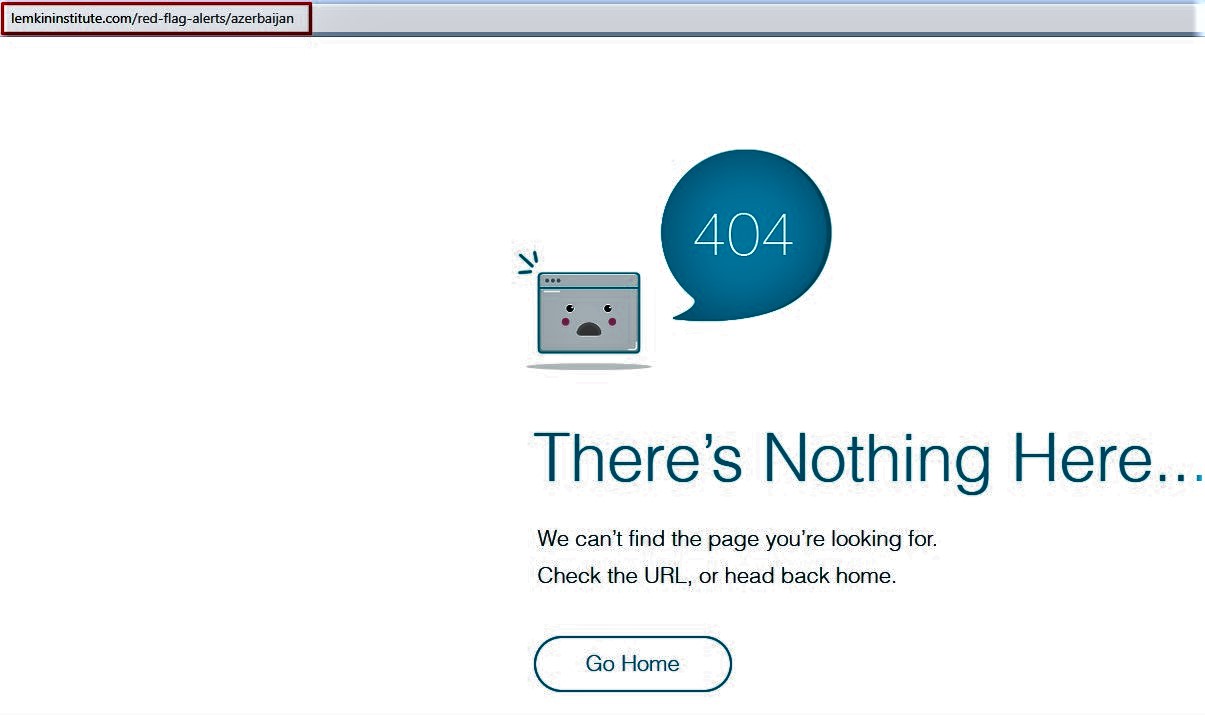
Besides, we should especially point out that Azerbaijan has been struggling to liberate its lands from Armenian occupation since 2020.
It is also quite strange that institutions and organizations such as the Lemkin Genocide Prevention Institute, which took a stand against this just struggle, did not speak out against the genocides committed against the Azerbaijani civilian population in Khojaly, Garadaghly, and Aghdaban.
Conclusion:
- The attitude of the Lemkin Institute for Genocide Prevention towards Azerbaijan is biased and shows double standards,
- The relations of both the heads of the institute and their employees with the institutions in Armenia and the Armenian diaspora are real,
- The allegations about Azerbaijan's ethnic genocide against the Armenians are entirely unfounded.




















